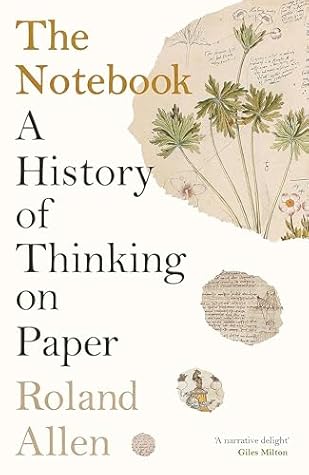More on this book
Community
Kindle Notes & Highlights
Something about the act of writing by hand, and the production of a physical object, makes the older technology more effective than the new.
The Romans, when they eventually succeeded the Bronze Age and Hellenic civilisations of the Eastern Mediterranean, adopted small Ulu Burun-style tablets, which they called pugillares or ‘handhelds’. They made them more capacious, either by making the leaves larger (and calling the results tabellae) or adding more leaves: tablets with three (and therefore four, not two, faces to write on) became common, and one survivor from Pompeii has eight. Many paintings on the walls of Pompeii and Herculaneum depict them and – as usual in Rome – their usage seems to have been firmly gendered.
it is not enough merely to look at a work: if an artist wants to learn from it, they need to make their own record of it, and in doing so, come to fathom it better. This is how art lives and grows.
We should note, too, that the labour involved in copying out a chunk of literature changes the way the copyist relates to it. Transcribing a poem or letter forces the writer to read it multiple times, paying attention to the fine details of word selection and word order, and to consequently enjoy what one scholar calls ‘a more intimate and meaningful experience than they could have with purchased texts’. You only take on the significant labour of such copying if you really enjoy the text, and you then find that you come to know it and appreciate it much better.
So notebooks democratised literature by giving readers another way to read; but they also gave writers another way to write.
the well-arranged common-place functioned as a kind of externalised memory, which, as historian Ann Blair notes, ‘liberated the reader from the task of memorising the selected passages’. This in turn ‘freed up mental capacity for... reasoning and reflection’ and was particularly useful in an age when the rate of arrival of new books far outstripped anyone’s ability to master their contents.
Vine told me that people took their common-place books to the theatre and to church, to ‘preserve the best lines’, and writers started to self-consciously create quotable texts with common-placing readers in mind – seventeenth-century soundbites.


